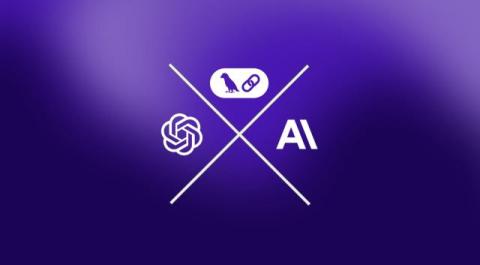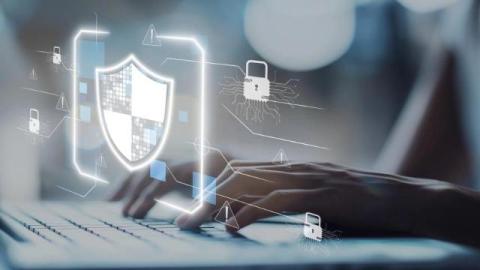How Cloud Computing Enhances Cybersecurity Strategies
Cloud computing for the purpose of cybersecurity can be more useful than ever. Many businesses around the world are becoming more reliant on the technology for the purpose of scalability and cost-effectiveness when it comes to data storage. Yet, using it for cybersecurity purposes might give them a better chance to protect even the most sensitive data that must be protected in the first place. This guide will take a look at what cloud computing and cybersecurity can provide when they work together. Let's discuss everything you need to know right now.











